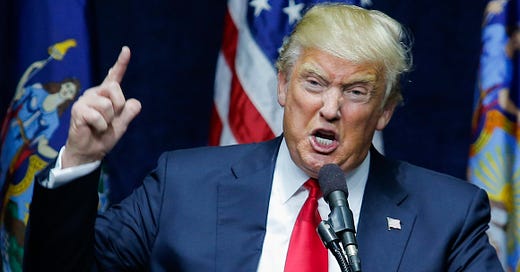Algorithms are making political speech more extreme
+ a facial recognition boom, Jack Dorsey bans mention of Jay-Z, the Moo Deng effect, and Trump's weird system for posting online revealed
Today we have a guest post from Adam Aleksic aka . Adam is a Harvard linguistics graduate and content creator who has an amazing Substack about how the internet is reshaping language. His first book, Algospeak: How Social Media is Transforming the Future of Language, is available for pre-order.




